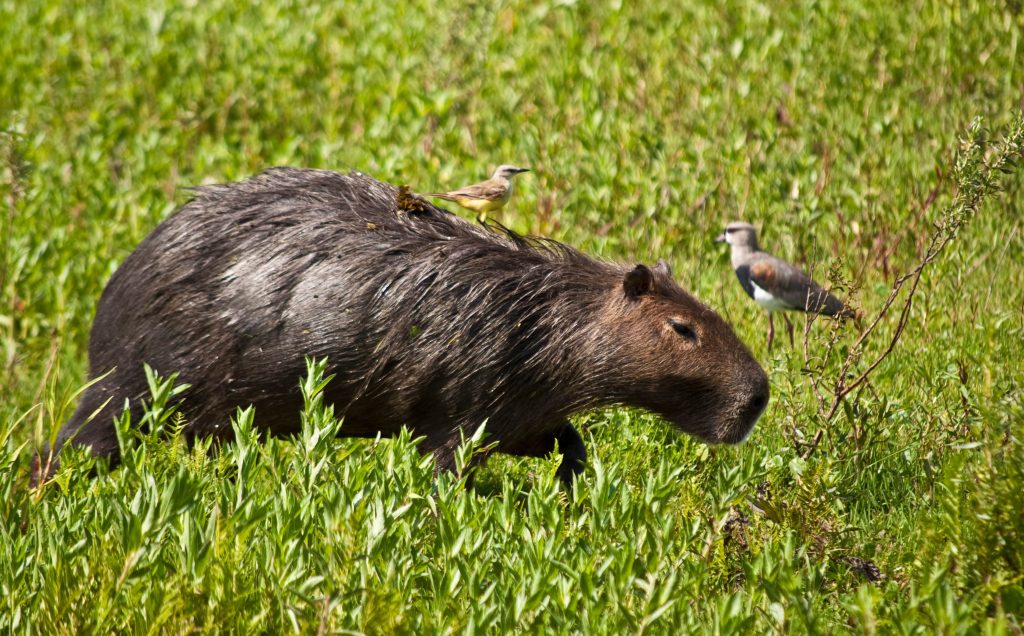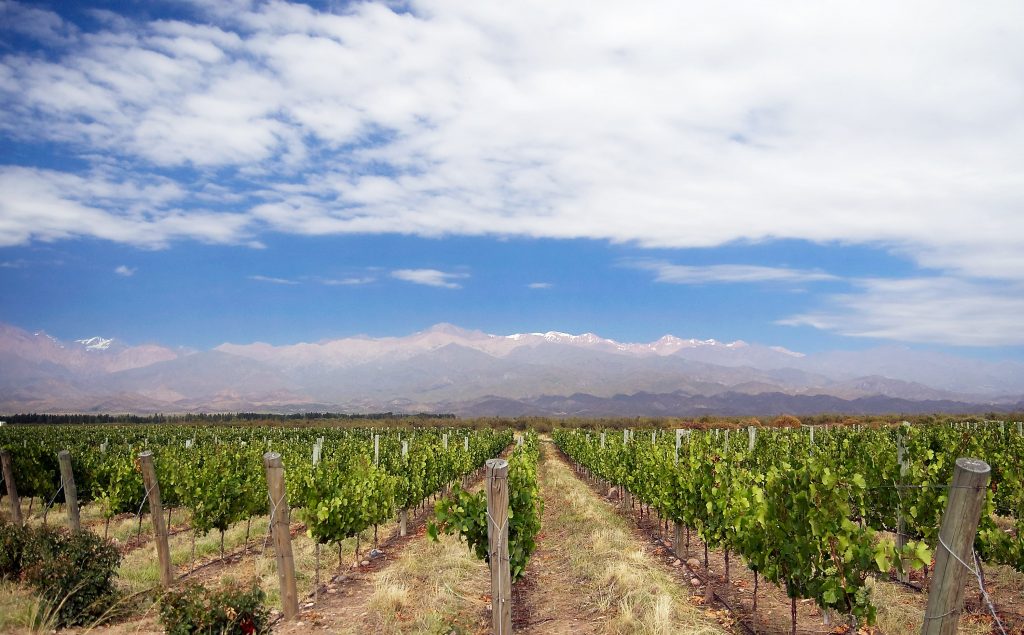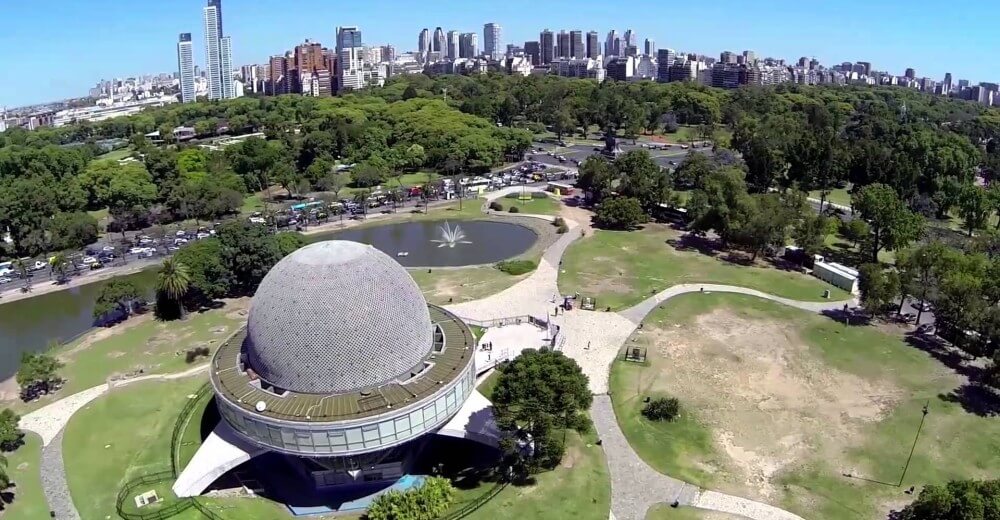If you are going to travel to Argentina, it is important to define and plan when you are going to do it, since what is the best time to travel will depend on which regions you visit.
It has five major regions: Northwest, Northeast, Cuyo, Central and Patagonia, each of which is characterized by contrasting landscapes and a great variety of climate. Therefore, it is advisable to take into account the characteristics of the climate in each zone.
In general, in the north the temperatures are usually warmer, in the center more temperate and in the south cooler. There are four well-defined seasons, which coincide with the seasons of the southern hemisphere:
- Autumn: March 21 to June 21
- Winter: June 21 to September 21
- Spring: September 21 to December 21
- Summer: December 21 to March 21
To tour the North and the center of the country, the climate tends to be more pleasant in autumn and spring, since in summer there are very humid days with high temperatures, and in winter, low temperatures.
To visit the south of the country, it is advisable to do it during the months of spring and summer, in autumn and winter, temperatures are very low, although it is ideal to enjoy activities in the snow and ski centers.
What is the best time to travel according to each region?
Northwest: It is a region with wonderful natural landscapes, with contrasts of colors, from deserts of salt, dunes to mountains, rivers, vineyards and more humid areas.
How’s the weather? Subtropical dry and warm, the summers are hot and the winters are mild. The precipitations are concentrated in summer and in the rest of the year there are practically no rains. There is a marked thermal amplitude, in a day the temperature can oscillate between 10 ° and 15 °.

Northeast: This region has great biodiversity, natural scenarios with lush jungles, wetlands, rivers and waterfalls, such as the Iguazu Falls and Esteros del Iberá.
How’s the weather? It is subtropical, the summers are very hot and the winters are cold and rainy. The rains are present throughout the year and vary according to the area, in Iguazú Falls the rains intensify in summer, in Esteros del Iberá they increase in autumn and spring.

Cuyo: The region is characterized by its imposing mountains with snowy peaks, the Cordillera de los Andes, its green valleys with rivers and streams. Mendoza is renowned for its gastronomic offer, the wine route, its ecotourism circuits and ski centers.
How’s the weather? It has an arid climate, very cold in winter (with frost and snow in some regions) and very hot in summer. The rains are scarce and are usually concentrated in summer (much water fall and even hail).

Center: This region presents contrasts with a variety of landscapes, from big cities, beaches and spas to the Atlantic, green valleys in the sierras of Córdoba and fields planted in the plain of the Province of Buenos Aires and La Pampa.
How is the climate ? It is a temperate climate, with very hot and humid summers, cold winters and frosts. Rains are recorded throughout the year, increase intensively in summer, with potential for hail.

Patagonia: It has a great variety of natural landscapes, the Andean zone has lakes, green forests and mountains; the Atlantic zone, more desert, with beaches and a great variety of marine and terrestrial fauna; and the southernmost zone, between snow-capped mountains, fjords and glaciers in Santa Cruz and Tierra del Fuego.
How’s the weather? It is an arid and semi-desert climate. The summers are mild and the winters show snowstorms and frosts. In the extreme south, the temperatures are very low and the hours of light vary a lot, in summer they are usually up to 18 hours while in winter they last between 7/8 hours a day.
